-
×
-
×
-
×
Assorted Colour Vampire Crab Geosesarma Sp 2-3Cm 1 × £8.71
-
×
-
×
-
×
-
×
-
×
-
×
-
×
-
×
-
×
Subtotal: £181.31



 Assorted Colour Vampire Crab Geosesarma Sp 2-3Cm
Assorted Colour Vampire Crab Geosesarma Sp 2-3Cm 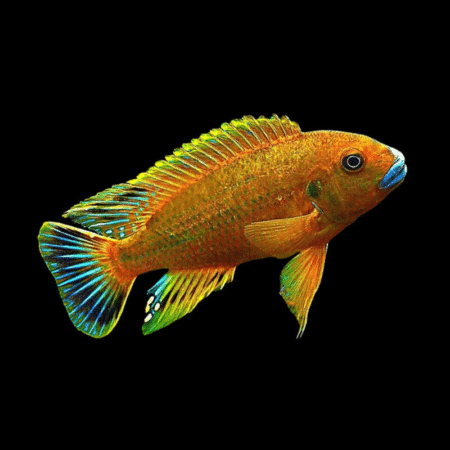
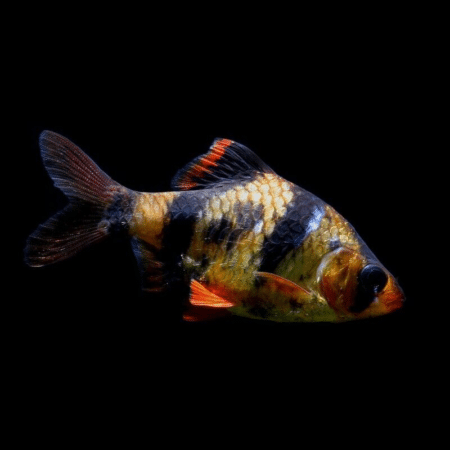







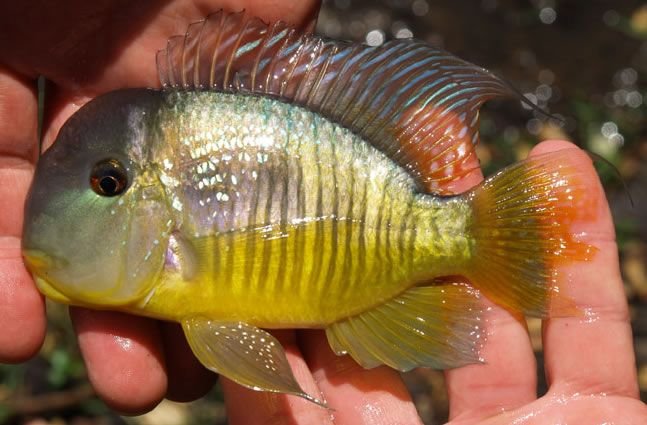
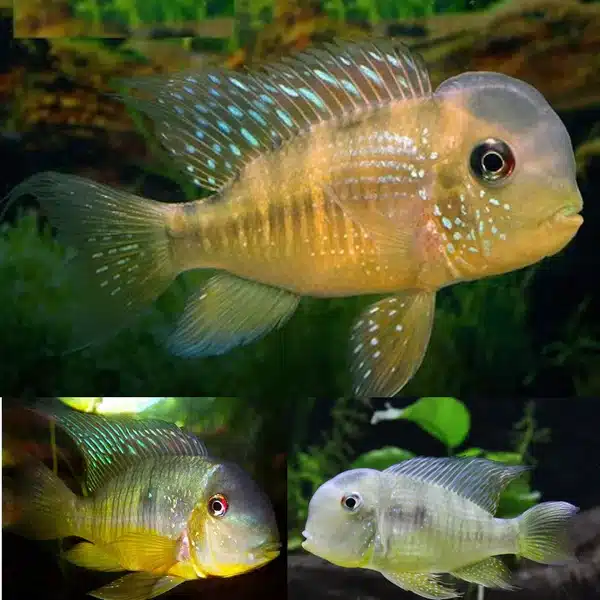

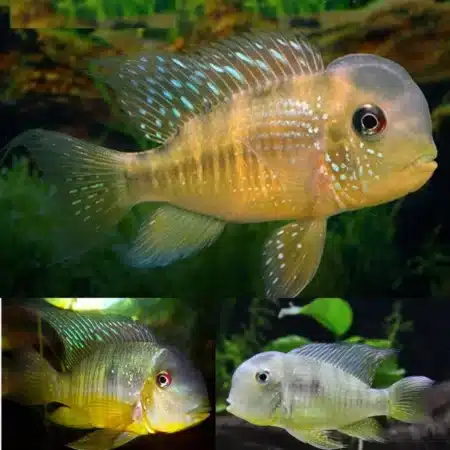
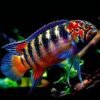
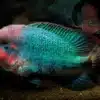









Emily Parker (verified owner) –
I recently added a Gymnogeophagus balzanii to my aquarium, and I couldn’t be happier! These Paraguayan Eartheaters are such unique cichlids, with their shimmering scales and charming personalities. After just two weeks in my 75-gallon tank, they’ve settled in beautifully. I’ve noticed they’re great for keeping the substrate clean, as they sift through the sand and dig around, which really adds to the natural look of the aquarium. I feed them a mix of high-quality cichlid food and supplement with some blanched veggies, and they’re thriving!
I also have some live aquarium plants that I’ve paired with them, which they seem to appreciate as hiding spots. Compared to other cichlids I’ve kept, these guys are much more sociable and less aggressive, making them perfect for a community tank. The only minor issue I faced was acclimating them slowly to avoid stress, but that’s just part of being a responsible fish parent!
I highly recommend the Gymnogeophagus balzanii for anyone looking to add a stunning and friendly cichlid to their collection. They’ve brought so much joy into my home, and I can’t wait to see them grow even more!
Emily Carter (verified owner) –
I recently added the Gymnogeophagus balzanii, or Paraguay Eartheater, to my aquarium, and I couldn’t be happier! After about two months of having this beautiful fish, I can confidently say it’s perfect for both beginners and seasoned aquarists. Its vibrant colors and remarkable personality have truly transformed my tank. I appreciate that this cichlid is relatively easy to care for, which makes regular aquarium maintenance a breeze. They thrive in a well-filtered environment and enjoy a sandy substrate, just like they would in their natural habitat.
What’s even more impressive is how they interact with their surroundings. My Eartheater has been digging and foraging, keeping the substrate aerated, which benefits the tank overall. Compared to other cichlids I’ve kept, this one has a gentler temperament and cohabits surprisingly well with my community tank. Just a tip: ensure you provide enough hiding spots to make them feel secure. I highly recommend the Paraguay Eartheater to anyone looking to enhance their aquarium with a striking and engaging fish. You won’t be disappointed!